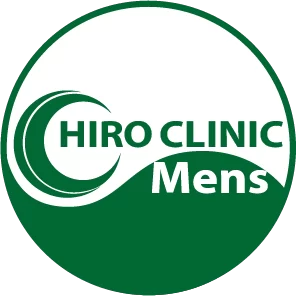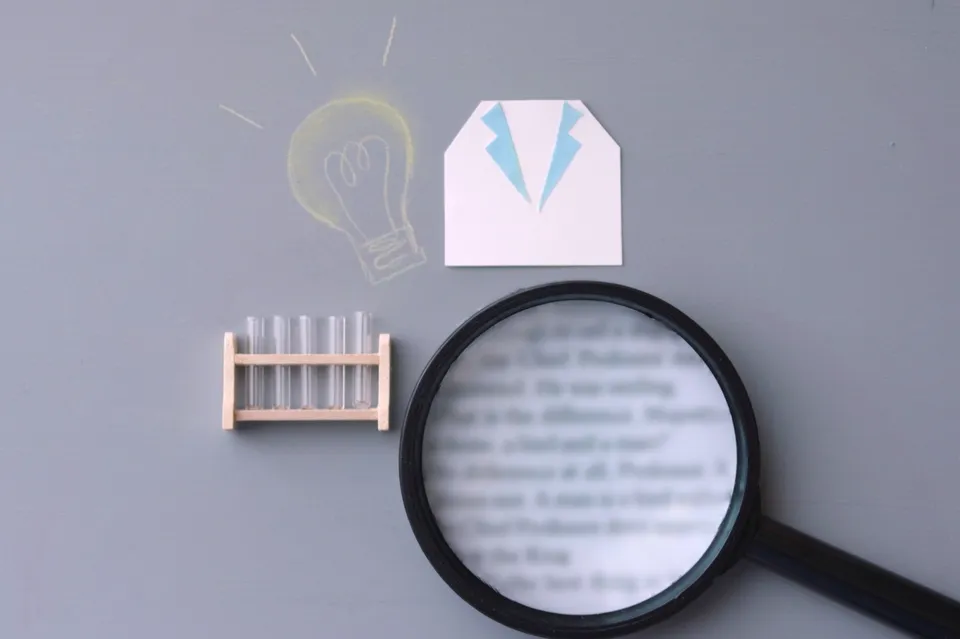この記事の概要
For men suffering from thinning hair, hair transplantation is one effective solution. However, in today's world of environmental concerns and the need to establish sustainable treatments, sustainability is also becoming an important consideration in the hair transplant field. This article details the relationship between hair transplantation and sustainability and discusses the quest for sustainable treatments.
Hair transplants and the need for sustainability
Environmental and social responsibility are becoming increasingly important in modern medical and cosmetic procedures. Hair transplant treatment is no exception, and by adopting a sustainable approach, we aim to protect the environment and provide ethical care.
Environmental impact
Hair transplant treatment involves issues of energy consumption and medical waste, and efforts must be made to minimize these impacts on the environment.
Energy efficiency: It is important to reduce energy consumption for surgical equipment, lighting, etc. and to promote the use of renewable energy.
Medical waste management: We will promote the recycling and reuse of disposable medical equipment and consumables to reduce waste.
Social Responsibility
By pursuing sustainable treatments, we can fulfill our responsibility to patients and society.
Ethical care: Treatment options and delivery must be transparent, fair, and in the best interest of the patient.
Contribution to the local community: We contribute to the creation of sustainable communities.
Searching for a sustainable hair transplant treatment
To realize a sustainable hair transplant treatment, it is necessary to introduce environmentally friendly technology and take measures to fulfill social responsibility. Specific methods are introduced below.
1. Introduction of environmentally friendly medical technology
Use of renewable energy
We will reduce the burden on the environment by switching the energy used in the clinic to renewable energy sources, including solar and wind power generation.
Introducing energy-efficient equipment
We will install the latest energy-efficient medical equipment to reduce energy consumption, which will also reduce energy costs across the clinic.
2. Recycling and waste management
Medical waste recycling
Promote recycling of disposable medical equipment and consumables to reduce waste. For example, disposable gloves and catheters could be made from recyclable materials.
Use of recyclable packaging materials
By switching to recyclable packaging for medical products and equipment, we will contribute to reducing plastic waste.
3. Patient education and communication
Recommending environmentally friendly treatment options
Educate your patients about environmentally friendly treatment options and make sustainable treatment choices. Help them make environmentally friendly choices by explaining the options and their benefits.
Recommending sustainable hair care products
We encourage you to use eco-friendly products for your post-treatment hair care, reducing your environmental impact by choosing organic and/or products with recyclable packaging.
4. Social Responsibility in Practice
Contribution to the local community
Clinics help build sustainable communities by making positive contributions to the local community, for example by participating in local conservation efforts and providing environmental education programs.
Ensuring transparency
We provide patients with accurate information about our treatments and the products we use, ensuring transparency and building trust in our patients.
Examples of practice and future prospects
Examples in Practice
Introduction of Green Clinic
Green clinics are becoming more commonplace, designed and operated with environmental considerations in mind. These clinics focus on using renewable energy and waste management to provide sustainable healthcare.
Sustainable hair care brands team up
More and more clinics are partnering with sustainable hair care brands to recommend eco-friendly products to their patients, allowing them to make environmentally conscious choices for their hair care after treatment as well.
Future Outlook
Utilizing biotechnology
Advances in biotechnology promise to lead to more environmentally friendly treatments, such as using artificially produced hair follicles, which would reduce stress on the donor site and consumption of natural resources.
Building a sustainable healthcare system
As the entire healthcare system evolves towards a sustainable one, hair transplant treatment will also be required to adopt a green approach, which includes improving energy efficiency and waste management across healthcare facilities.
summary
Hair transplantation and sustainability are important themes in terms of environmental consideration and social responsibility. We aim to realize sustainable treatment methods through various initiatives such as the use of renewable energy, waste management, patient education, and contributions to the local community. By choosing an environmentally friendly clinic and treatment method, people suffering from thinning hair can make a choice that is kind to the earth while obtaining healthy hair. Let’s explore environmentally friendly treatment methods and create an environment where people can receive treatment with peace of mind in order to achieve a sustainable future.








